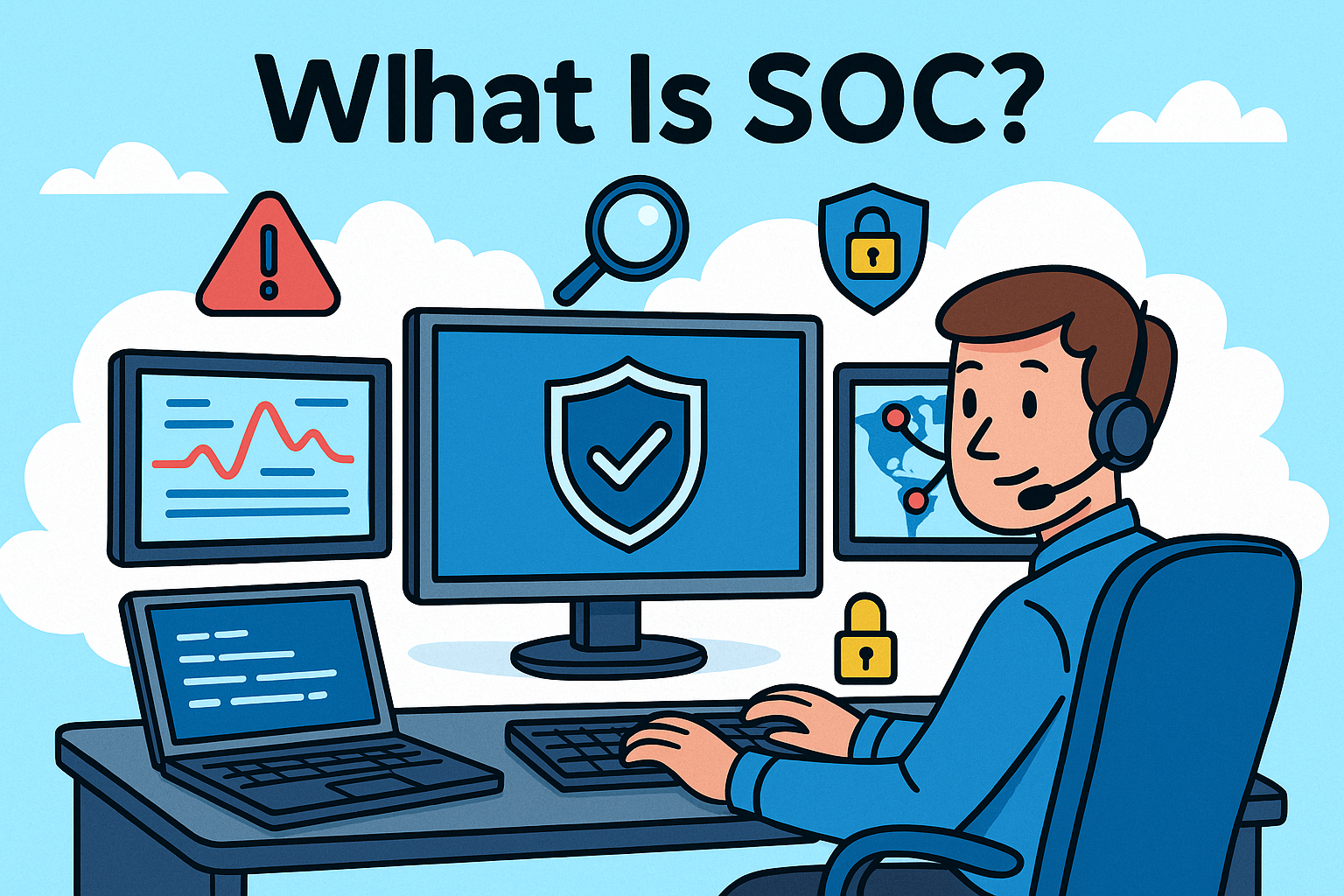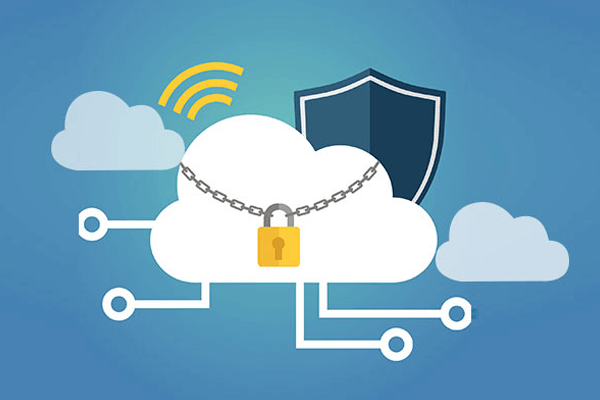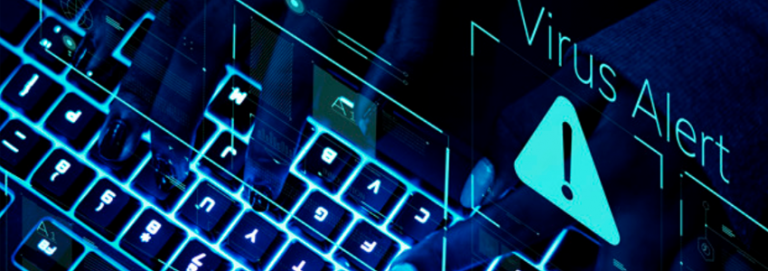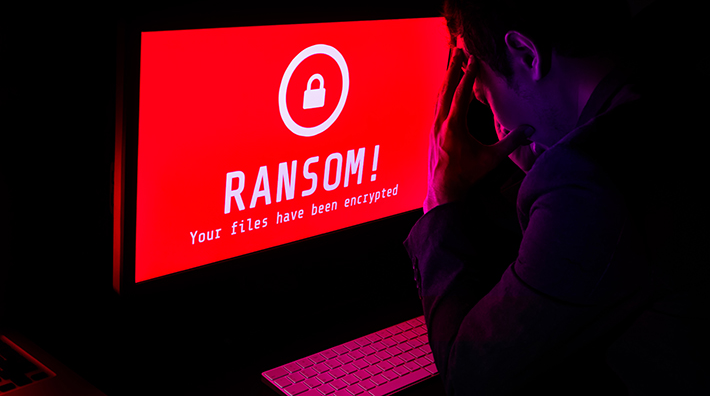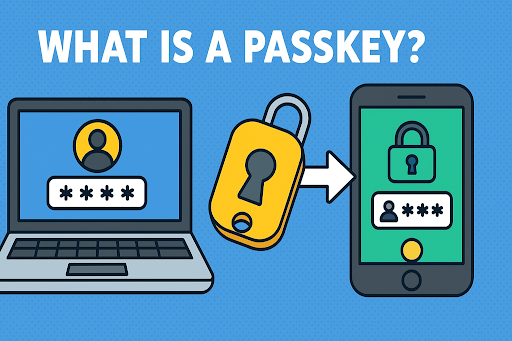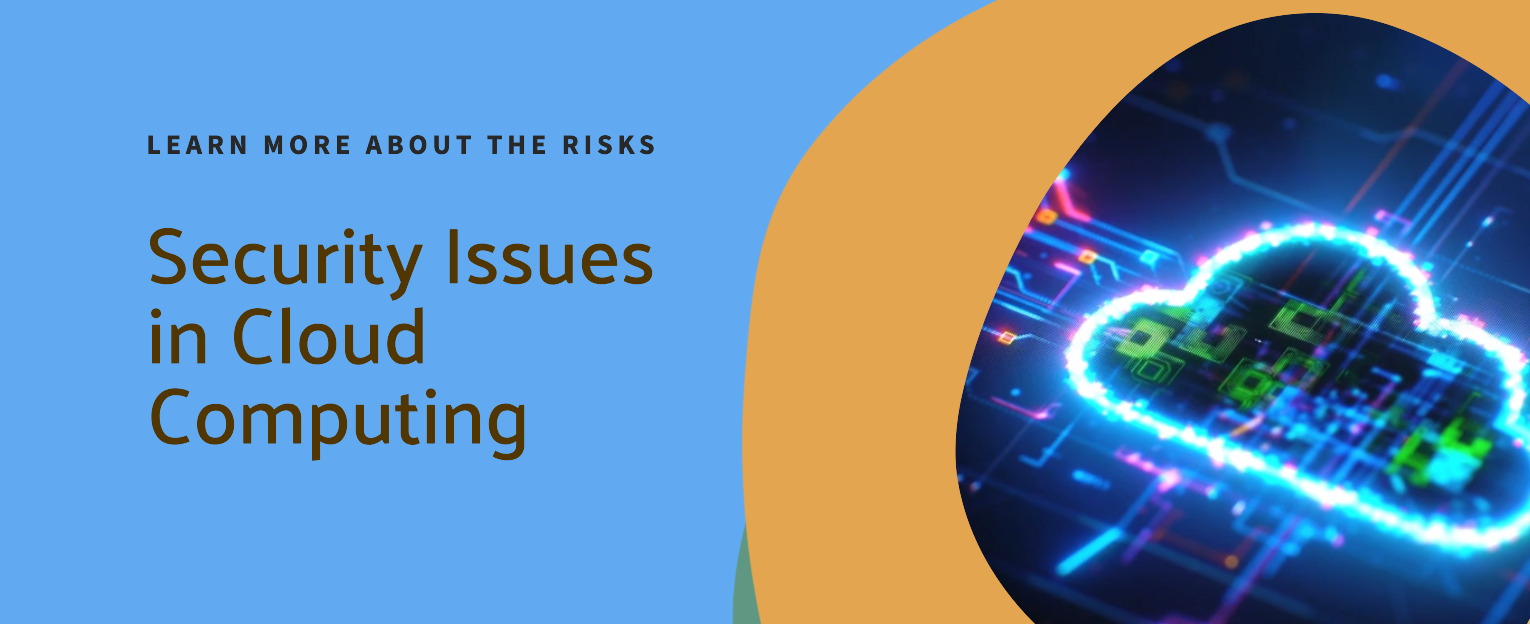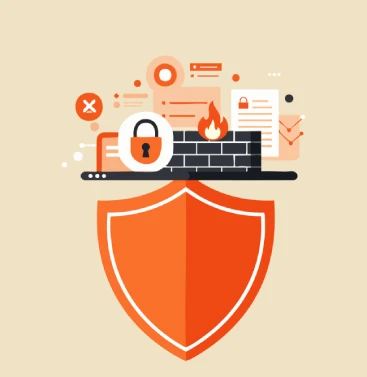10 Cyber Security Threats Facing Businesses Today
Updated on October 11, 2022, by Xcitium
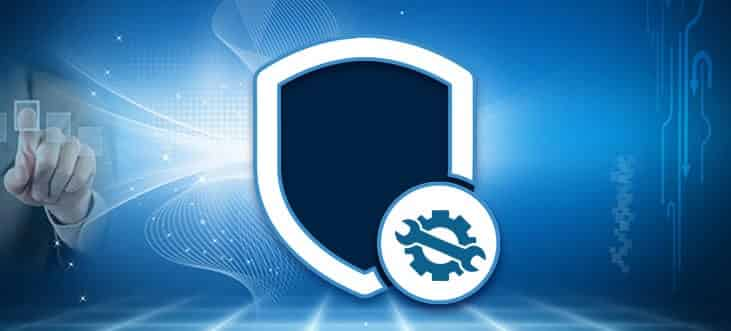
As technology continues to improve the quality of business infrastructure and speed up service delivery, it also introduces newer ways to exploit companies and threaten their business continuity. The 2018 Hiscox Cyber Readiness Report states that 7 out of 10 organizations failed in their cyber-readiness test which involves a company’s set cyber strategies and their processes and technology. One reason for failure is that companies do not adjust to the new cybersecurity landscape.
New companies and enterprises should be aware of the ever-evolving landscape of cyber threats and adjust their paradigms accordingly to survive. Small businesses with less than 100 employees hit by cybercrime incur damages from $24,000 to $63,000 while companies with 1000 employees or more can expect to suffer $1 million in damages. This is not counting the loss of customers when they lose trust in the companies after an attack and the damage to their brands.
If companies better understood the caliber of the threats they are facing, they would think more about their investment in cybersecurity.
Cybersecurity Threats Confronting Businesses
1. Fileless Malware: Fileless malware gained the “fileless” moniker because it does not exist as files within the hard drive. Attackers program file-less malware to occupy the RAM. Threat analysts have a hard time finding traces of this kind of malware since it does not leave crumbs on the drive. Fileless malware turn visible only when programmers order it to initiate the attack.
Cybercriminals often deploy fileless malware against banks by inserting them into ATMs. The hackers in turn gain control of the cash machines. Another successful use hacker has for file-less malware is payload delivery. Fileless malware can unload ransomware to the system with the computer owner totally oblivious to what’s happening.
2. Crypto-Malware: The rise of cryptocurrencies and the explosive growth of Bitcoin in 2017 has also gained the attention of cybercriminals. Malware engineers developed malware which can actually mine cryptocurrency when the browser of an infected computer goes on the Internet. Although not directly harmful, crypto-malware proved to be disruptive as it steals a computer’s processing power to mine cryptocurrency. The infected computer bogs down and is noticeably slower in pulling up files and running programs. In time, the computer will break down because of the drain caused by the crypto-malware.
3. Zero-Day Threats: Software isn’t perfect right off the bat. Every program installs harbors security holes, called vulnerabilities, which hackers and cybercriminals can exploit. When they find a vulnerability and abuse it before the software developers can issue a fix for it, it’s considered a zero-day threat. Once the hackers get the ball rolling and use a program’s vulnerability to deliver ransomware or inject malicious code that’s a zero-day exploit. Imagine employees opening a Word document file and then it launches ransomware onto the system.
4. Meltdown and Spectre: Meltdown and Spectre are essentially vulnerabilities inside processor chips. What merits special mention for both vulnerabilities is that because there is an inherent flaw inside processors and it exists within such a low level of the system it’s hard to defend against hackers determined to exploit it. Hackers and malware engineers who take advantage of Meltdown and Spectre will be able to bypass current security measures without issue. They will also gain access to restricted parts of a computer’s memory and gain access to the user’s sensitive information.
5. IoT Malware: Sooner or later homes and businesses will host their own smart environments. They’ll employ sensors to gain information about the temperature, use apps to control the lighting, and attach energy-efficient cameras to monitor security. The problem is the firmware of these smart devices is also riddled with vulnerabilities. Hackers can exploit these vulnerabilities to control these smart devices. Imagine hackers switching lights off offices, halting power from flowing through smart plugs, or simply watching you from your smart surveillance system.
6. Banking Malware: Banking malware exists to steal financial information from users and deliver the information to hackers so cybercriminals can steal money from victims. Some banking malware specifically targets mobile users since smartphones now allow people to make online transactions. What’s sneaky about these kinds of malware is that their authors pass them off as apps you can download for Android like battery apps or games. This type of malware will work in the background and steal your data while you’re not aware.
Emotet, an incarnation of banking malware, is currently one of the more dangerous strains of malware out there. Basically, Emotet can change its form to avoid detection and then replicates itself within the system. It will move from one machine to the next by brute-forcing passwords to enter its next destination. This malware targets a user’s financial information, banking details, and even their Bitcoin purses.
7. Ransomware: Ransomware quickly rose through the ranks of malicious applications recently as one of the more noticeable threats. What’s alarming about this ransomware is its ability to lock down a computer and unlock it only after the owner pays a ransom. This system hi-jacking component makes ransomware very disruptive. The biggest ransomware attack initiated by the Cryptolocker strain infected around 250,000 computers and earned the ransomware authors $3 million. As you can imagine, attacks of this scale can practically cripple critical infrastructure and systems.
8. Stegware: Stegware expands malware’s attack surface. Hackers employ steganography which involves the act of hiding a malicious file inside another file, image, video, or message. At one point only the most veteran and well-versed of cybercriminals could actually craft their own stegware. However, cybercriminals have become savvier in producing them and make stegware available through kits in the Dark Web for even the amateurs to use. Companies will see more infections in the coming years resulting from these malicious files hiding under the cover of legitimate ones.
9. Phishing Email: Some degree of data breaches happens because of human error and the form of human error which leads to a breach happens when an employee clicks on a phishing email. A phishing email often carries a payload like ransomware or a trojan horse virus which wreaks havoc on the system right after its opened.
According to a 2015 McAfee survey, 97 percent of people can’t tell a phishing email from a legitimate email. For this reason institutions need to train employees to identify these threats and to avoid clicking them.
10. Advanced Persistent Threats: Finally, organizations should be wary of advanced persistent threats. They’re what you would call a “long con” when applied to a cyber-attack. Cybercriminals who are into APTs invest a lot of time casing their target after they’ve successfully infiltrated the system. Once they’ve gathered information, they’ll start capturing and transmitting data back to their own servers. This particular kind of attack is persistent in the sense that it can go on for years with the victim remaining unaware. Hackers who participate in APTs are dedicated professionals and often work in groups to penetrate their target organization.
A New Approach To Cybersecurity
C-Suite executives and managers note that Cybersecurity has been at the top of their list of concerns since 2016. They are correct to worry based on the growing list of cybersecurity threats above. Despite these concerns, of course, businesses must continue to flourish. The cybersecurity industry is also keeping up with these cybercriminals and creating innovations of their own to protect systems from these threats.
Cybersecurity Experts at Xcitium recently gave insights on what cybersecurity approaches companies can adopt to prevent breaches. According to Xcitium Cybersecurity Experts, organizations need to think about cybersecurity defense in layers. The first layer largely involves configuring the network in such a way that it discourages data leaks.
The next layer involves adding a layer of “bolt-on security” or a host of cybersecurity solutions which will augment a company’s existing cybersecurity defense structure. Finally, companies should add an analytical layer to these defenses which will allow cybersecurity teams to parse information and check for attacks. Advanced threat detection systems are part of this last analytical layer.
Xcitium experts encourage companies to adopt new paradigms in the fight against advanced threats. Instead of just relying on purely reactive methods of detection and damage control, companies should invest in layers of solutions to achieve defense-in-depth to prevent breaches.
Xcitium Cybersecurity’s security platform provides a proactive, zero trust security architecture that verdicts 100% of unknown files to prevent breaches originating from the web, email and cloud. To truly protect your business, Xcitium Cybersecurity provides a combination of endpoint, network and cloud securities in a single platform to prevent breaches, while providing maximized visibility of your environment.
See How Your Organization Scores Against Cybersecurity Threats




